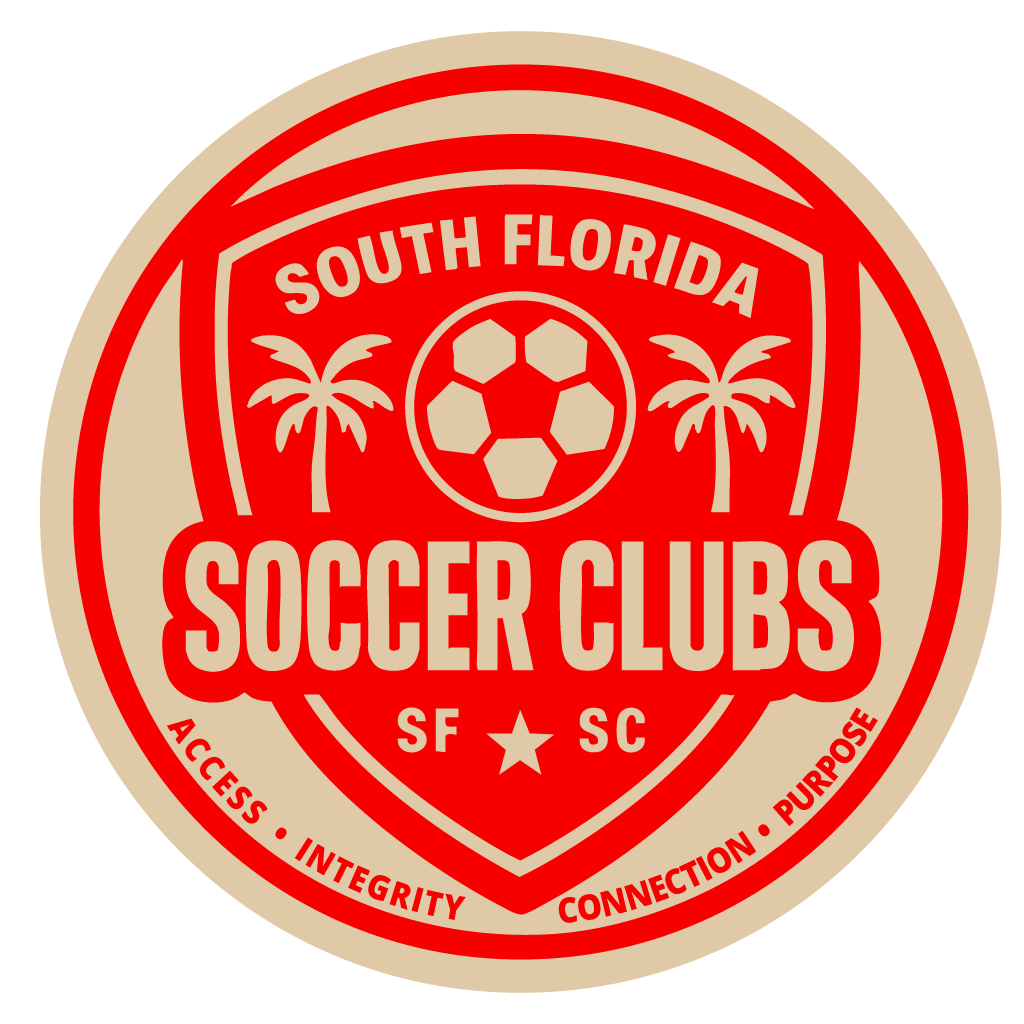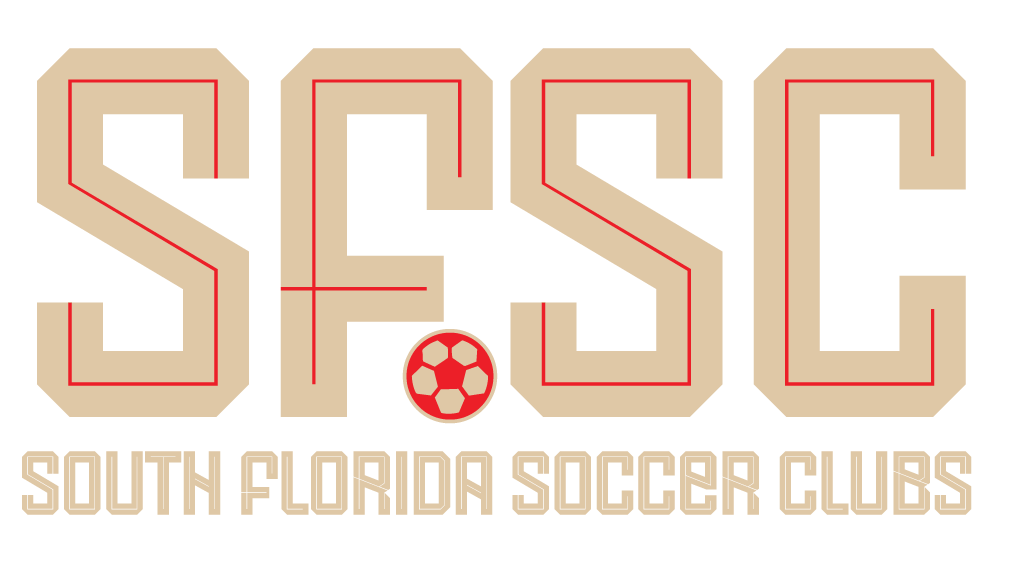How High School and College Scholarships Work.
High School Scholarship Opportunities in South Florida.
While specific data on the number of scholarships awarded to high school soccer players in South Florida is limited, students can enhance their chances by excelling academically and athletically, engaging in their communities, and proactively seeking scholarship opportunities.
High school soccer in South Florida is generally part of public or private school extracurricular programs, and the concept of “scholarships” for high school soccer players to participate is different from college scholarships. Here’s a breakdown of how it works:
1. Public High School Soccer
• Participation Costs:
• In public schools, soccer programs are typically funded through school district budgets, booster clubs, or parent fundraising.
• While these programs are generally free or low-cost for students, there may be associated expenses such as:
• Uniforms and gear.
• Transportation for away games.
• Tournament or league fees.
• Financial Assistance:
• Many schools and districts offer financial assistance or fee waivers for students from low-income families. These are not “scholarships” but ensure all students can participate regardless of financial circumstances.
• Assistance is typically based on eligibility for programs like the National School Lunch Program (free or reduced lunch).
2. Private High School Soccer
• Tuition-Based Participation:
• Private schools charge tuition, and participation in soccer is included in extracurricular offerings. However, there may be additional costs for equipment, travel, or private coaching.
• Scholarships and Financial Aid:
• Many private schools offer athletic scholarships or financial aid to attract talented soccer players.
• Athletic scholarships can cover part or all of tuition and are often awarded based on a combination of athletic ability and academic performance.
• Financial aid is typically based on family income and demonstrated need.
3. Club Partnerships
• Some high school players also participate in local club soccer programs alongside their school teams. Clubs often offer:
• Scholarships or Fee Reductions: For families needing financial assistance, especially for competitive travel teams.
• Work-exchange programs, where parents volunteer in exchange for reduced fees.
4. How to Access Financial Support
• Public Schools:
• Contact the school athletic director or soccer coach for information on fee waivers or assistance programs.
• Private Schools:
• Reach out to admissions or financial aid offices to inquire about athletic scholarships or need-based aid.
• Showcase your child’s soccer talent through highlight reels, references from club coaches, or participation in showcases.
• Clubs:
• Many clubs in South Florida (e.g., Weston FC, Miami Rush, Plantation FC) offer scholarships for talented players who may not afford participation fees.
• Speak directly with club administrators about available options.
5. Key Takeaways
• For public high schools in South Florida, costs are minimal, and assistance is available for low-income families.
• Private high schools often provide athletic scholarships and financial aid to support talented players or those in need.
• Club soccer programs, which often complement high school soccer, offer scholarships to ensure accessibility for promising players.
Encourage parents to talk to coaches, athletic directors, and club administrators to explore all financial options available for their child.
Understanding Soccer Scholarships for College: A Comprehensive Guide for Parents
Navigating the world of soccer scholarships can be overwhelming, but understanding the basics can help you and your child make informed decisions about college athletics. Here’s everything you need to know about full and partial scholarships for men’s soccer at U.S. colleges and universities.
How Many Soccer Scholarships Are Available?
• Number of Players:
• Approximately 45,000 student-athletes play NCAA college soccer across all divisions.
• Scholarship Distribution:
• Only about 1% of players receive full scholarships, meaning around 450 players nationwide.
• The majority receive partial scholarships or no athletic aid, relying on academic scholarships or financial assistance.
Types of Soccer Scholarships
1. Full Scholarships:
• Cover tuition, room and board, books, and other expenses (sometimes transportation and personal costs).
• Reserved for top recruits with exceptional athletic and academic abilities.
• Rare in soccer because of limited scholarship budgets.
2. Partial Scholarships:
• Cover a portion of costs, such as tuition or housing.
• Scholarships are divided among multiple players, so most athletes receive partial funding.
Athletic Scholarship Limits by Division
• NCAA Division I:
• Maximum of 9.9 scholarships per team.
• These are often divided among 25-30 players, meaning most receive partial scholarships.
• NCAA Division II:
• Maximum of 9 scholarships per team.
• Similar to Division I, partial scholarships are common.
• NCAA Division III:
• No athletic scholarships are offered, but generous academic or need-based aid is available.
• NAIA:
• Maximum of 12 scholarships per team, often divided among multiple players.
• NJCAA (Junior Colleges):
• Maximum of 18 scholarships per team, with a higher likelihood of full scholarships.
What Does It Take to Get a Scholarship?
1. Athletic Skill:
• Exceptional performance in competitive leagues (e.g., club soccer, academies).
• Visibility through showcases, tournaments, and ID camps is key.
• Positions in high demand, such as goalkeepers or forwards, may increase chances.
2. Academic Achievement:
• Minimum GPA of 2.3 in core courses (NCAA eligibility).
• Strong SAT/ACT scores enhance scholarship opportunities.
• Academic scholarships can supplement athletic funding.
3. Coach’s Discretion:
• Coaches allocate scholarships based on team needs, roster gaps, and potential.
4. Character:
• Leadership, teamwork, and a positive attitude both on and off the field matter.
Percentages of Scholarships by Type
• Full Scholarships: ~1% of soccer players nationwide.
• Partial Scholarships: ~30%-40% of players in NCAA Division I and II programs.
• No Scholarships: The remaining players rely on academic aid, need-based aid, or self-funding.
Important Notes for Parents
1. Equivalency Sport:
• Soccer is classified as an equivalency sport, meaning scholarships can be split among multiple players.
• For example, 9.9 scholarships might be distributed as partial scholarships to 20-25 players.
2. Academic Aid Can Help:
• Players with strong academics may qualify for additional scholarships, reducing out-of-pocket costs.
3. Start Early:
• Encourage your child to create highlight reels, attend showcases, and communicate with college coaches as early as their sophomore or junior year.
Maximizing Scholarship Opportunities
• Attend Camps and Tournaments: Visibility is crucial for attracting college coaches.
• Focus on Academics: High academic achievement makes your child more attractive to programs.
• Leverage Financial Aid: Even if your child doesn’t get an athletic scholarship, academic or need-based aid can help offset costs.
Summary for Parents
Earning a soccer scholarship requires dedication, talent, and academic commitment. Full scholarships are rare, with most players receiving partial aid. Understanding the landscape of scholarships by division and combining athletic and academic funding can make college more affordable. Encourage your child to actively market themselves to coaches and programs, as early exposure and preparation are key to success.
By knowing the facts and preparing strategically, your family can navigate the college soccer recruiting process with confidence.
Set off on your next remarkable soccer adventure.



